Distinctive Collections
Friend Collection Association Copies
oday is the final post highlighting particularly notable items from Llerena Friend’s collection. Of course, there is a great deal of material we have not even discussed, and so this is not the last you’ll see of Dr. Friend’s library. This post focuses on association copies, although I must confess that the last two choices are perhaps here out of personal attachment.
Friend, Llerena Beaufort. The Great Designer: Sam Houston in the American Political Scene, 1951.
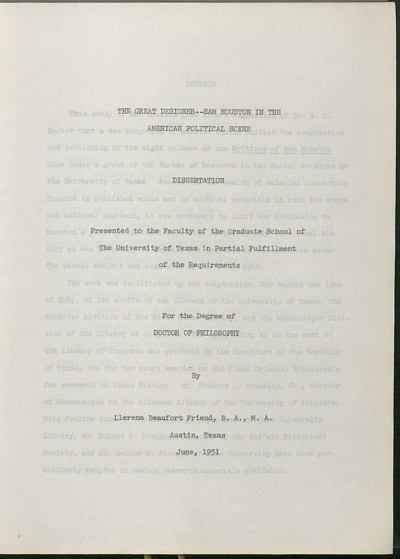
|
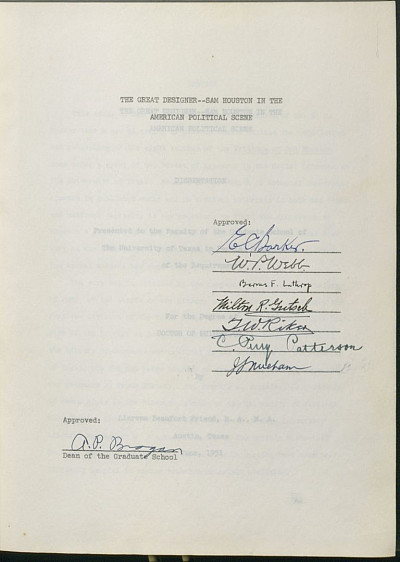
|
This is Dr. Friend’s original typescript copy of her PhD dissertation, which became the book Sam Houston: The Great Designer. Two copies exist – one at the University of Texas (as one would expect) and one in Special Collections. Ours is notable in that it appears to be the approved, bound copy – signed by her full dissertation committee, which included two of the most important historians of Texas – E.C. Barker and W.P. Webb. As borne out by her library, Dr. Friend was close with both men, and later edited some of the work of both men after their death.
Barker, Eugene C. The Father of Texas: a Life of Stephen F. Austin for Young People, 1935.

|
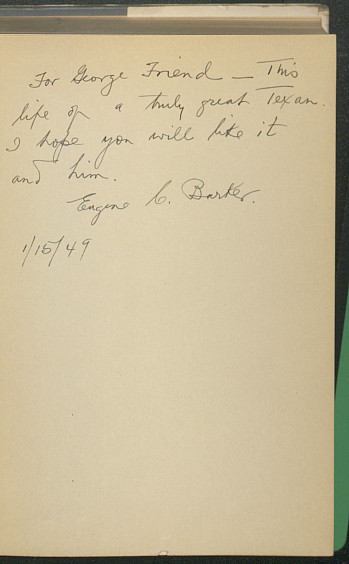
|
I mentioned Barker was a member of Friend’s dissertation committee – and this book, written by Barker for young people, is notable for the presentation inscription to a family member of Friend’s. As you likely know, Barker edited the published papers of Stephen F. Austin, and wrote a scholarly biography of him, published in 1925.
Jenkins, John H. Recollections of Early Texas, 1958.
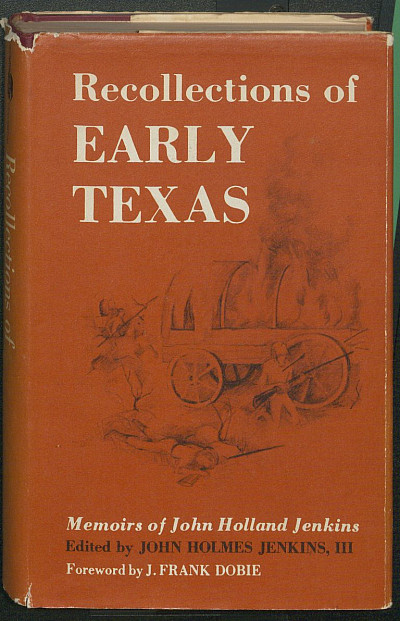
|
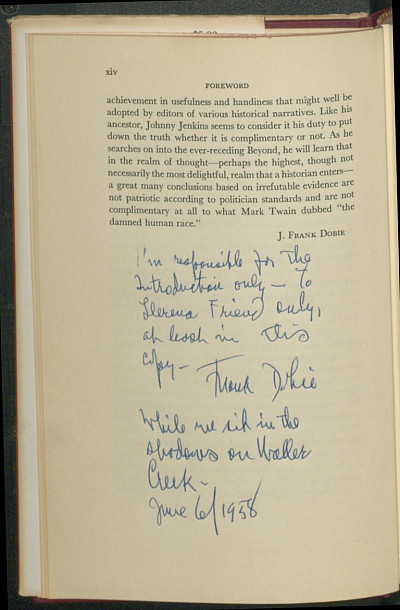
|
Readers of this blog know that we are pretty big fans of Johnny Jenkins, and this is his first book, published the day he graduated from high school – a notable achievement. I can only guess at what it is like to have a major academic press publish your first book before you even begin college! Southwestern graduate J. Frank Dobie wrote the introduction to the book, and in the Friend copy, he inscribed that introduction to her:
I’m responsible only for the
introduction only – to
Llerena Friend only,
at least in this copy-
Frank Dobie
While we sit in the
shadows on Waller
Creek-
June 6 1958
I recently had the opportunity to have dinner with Maureen Jenkins, Johnny’s widow. I asked her about how Johnny got Dobie to write the introduction to this book, and in her reply she mentioned that the three groups the Jenkins, Dobies, and Friend, all lived near each other on Waller Creek, and would all go visit Dobie as he drank whiskey on his front porch. I imagine this inscription was a result of those visits.
(NB: these last two items are here because of my personal interests. I am a graduate of Hardin-Simmons University, and a recipient of the Rupert N. Richardson Scholarship in History.)
Duff, Kathryn. Rupert N. Richardson: The Man and His Works, 1971.
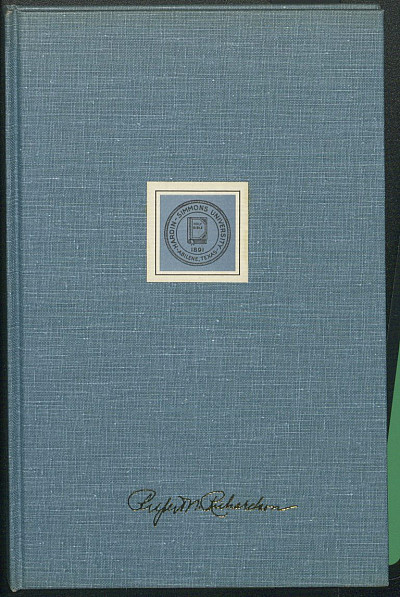
|
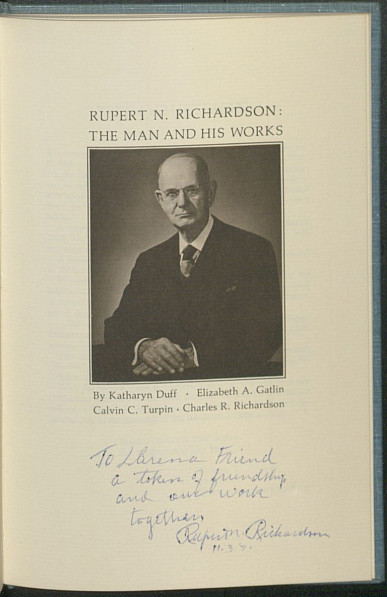
|
This modest volume is a bibliography of the work of Rupert N. Richardson, noted Texas historian and President of Hardin-Simmons University. Richardson casts a long shadow over the work of history in West Texas, and at the university he led for many years. He was also a prolific author, something this volume bears witness to – as Richardson himself updated the bibliography after its publication with new entries Richardson had written.
Downs, Fane. The Future Great City of West Texas, Abilene, 1981
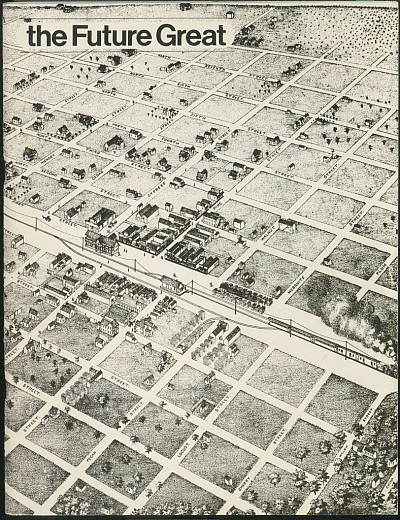
|
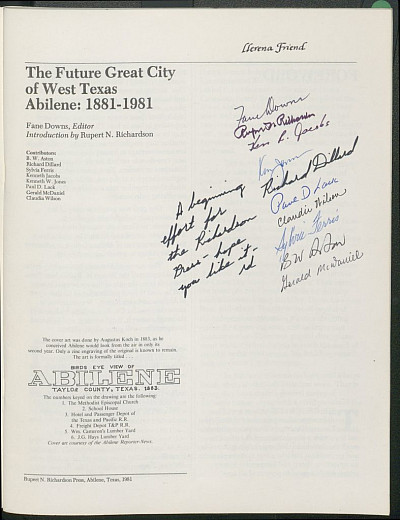
|
This book is associated with Richardson, as it was published under the imprint of his eponymous press, and he also wrote the introduction. This book was the “jumping off point” for my own undergraduate thesis in my history program, which discussed Abilene and its success from the railroads and three institutions of higher education. This book, then, has a fairly big soft spot for me, and thus its inclusion in this list.














